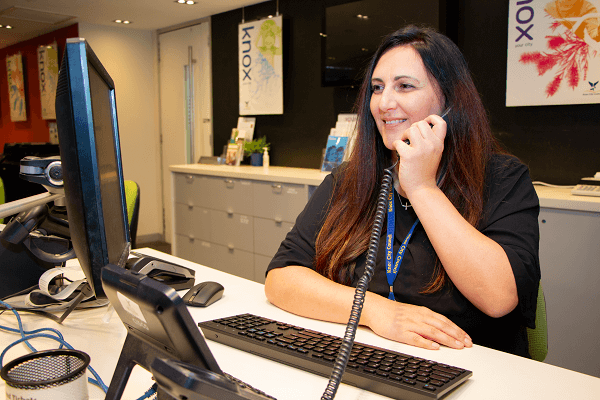Researchers from James Cook University (JCU) and Southern Cross University (SCU) are combining decades of experience to trial a new approach to restoring inshore reefs around Magnetic Island in the Central Great Barrier Reef.
The JCU team – led by Associate Professor David Bourne with help from Earthwatch citizen science volunteers – has been clearing algae and surveying the reef condition in preparation for Professor Peter Harrison’s SCU team to trial coral larval restoration, in this latest attempt to assist the recovery of degraded inshore coral reefs.
Dr David Bourne said many inshore reefs are now dominated by algae, and Prof. Harrison said there has been a loss of corals on these reefs since the 1980s.
“Removing macroalgae – commonly called seaweed – has been proposed as an active measure to aid reef recovery by increasing available surfaces for coral to grow on.
“But the effects of doing this on reef community structure and ecology have not been rigorously investigated,” said JCU’s Ms. Hillary Smith, who manages the algal removal aspects of the project.
Once the algae are cleared, scientists will try and fast-track the coral regrowth by releasing large numbers of coral larvae, which have spawned in the National Sea Simulator at the Australian Institute of Marine Science, onto the newly cleared reef areas – a process that has been successfully trialled on other degraded reefs in the Philippines and on the GBR by Prof. Harrison’s team.
“Our previous extensive reef trials have shown that supplying coral larvae to degraded reefs can rapidly restore breeding coral populations within a few years, and for this new collaborative project we’re examining how effective the combination of algal removal and larval restoration can be,” Prof. Harrison said.
Dr Bourne said bays around Magnetic Island, just off Townsville, had been selected for the study this year, and Earthwatch citizen scientists were helping with the research.
Prof. Harrison said “I’m excited to be back working at Magnetic Island attempting to restore corals on these degraded reefs, as I first thought of this idea back in the early 1980s when we discovered mass coral spawning on the GBR, and this project provides a great example of reef research and management collaboration.”
AIMS’ National Sea Simulator manager Craig Humphrey said the project is a truly collaborative effort that utilises AIMS’ expertise to facilitate coral spawning in the National Sea Simulator, with the coral larvae being released back at Magnetic Island.
“We are excited to be involved in a project of this nature which involves a number of organisations developing practical methods for on-the-ground restoration of reef areas,” Mr Humphrey said. “Projects of this scale require multi-organisational efforts to succeed.”
“A pilot project in 2018 provided us with proof of concept for the work and now we’re into the next phase to determine what techniques are best for trying to restore corals on degraded inshore reefs and examine the effects of restoration on fish and other reef communities,” said Dr Ian McLeod from JCU.
Dr Bourne said that while reef restoration projects such as this are a promising and emerging field, it’s likely that no single intervention will be sufficient to prevent further degradation of the Great Barrier Reef, without significant action to tackle global climate change.
Contacts:
Assoc. Prof. David Bourne (JCU)
M:








